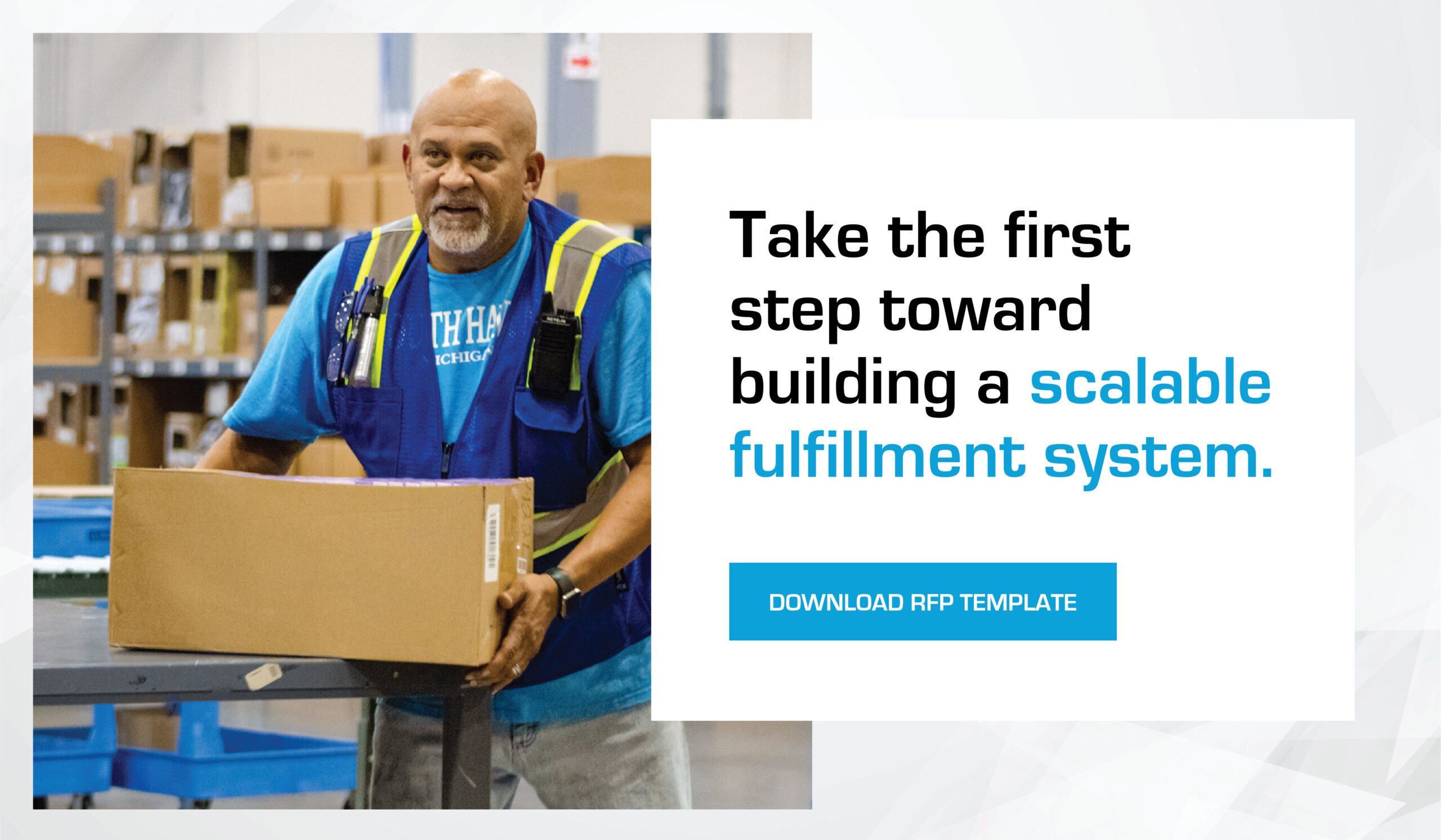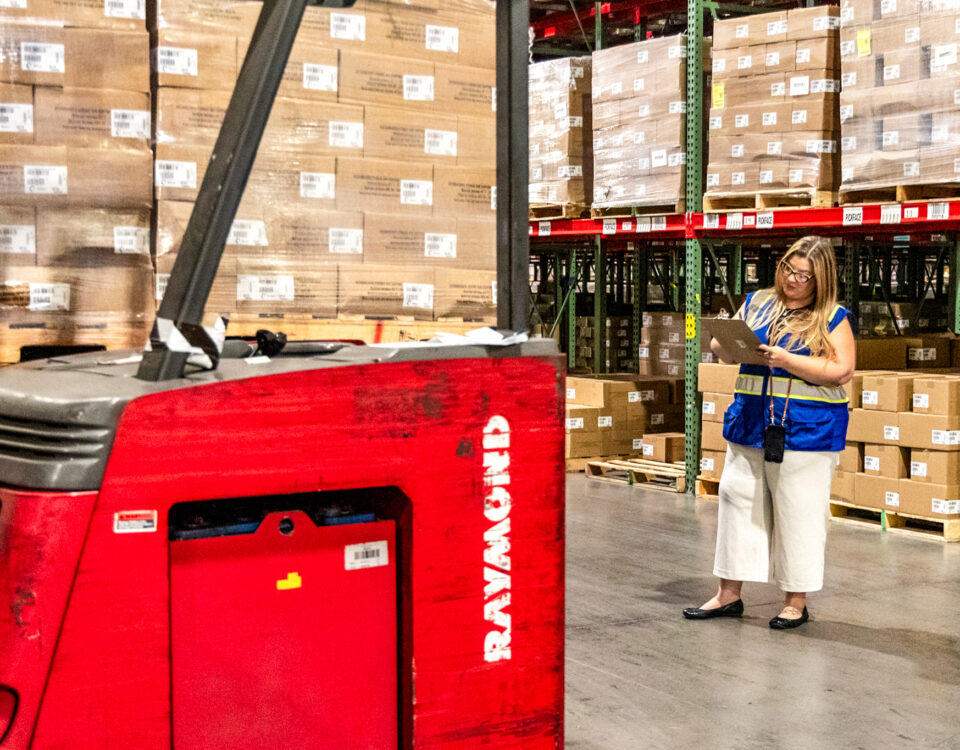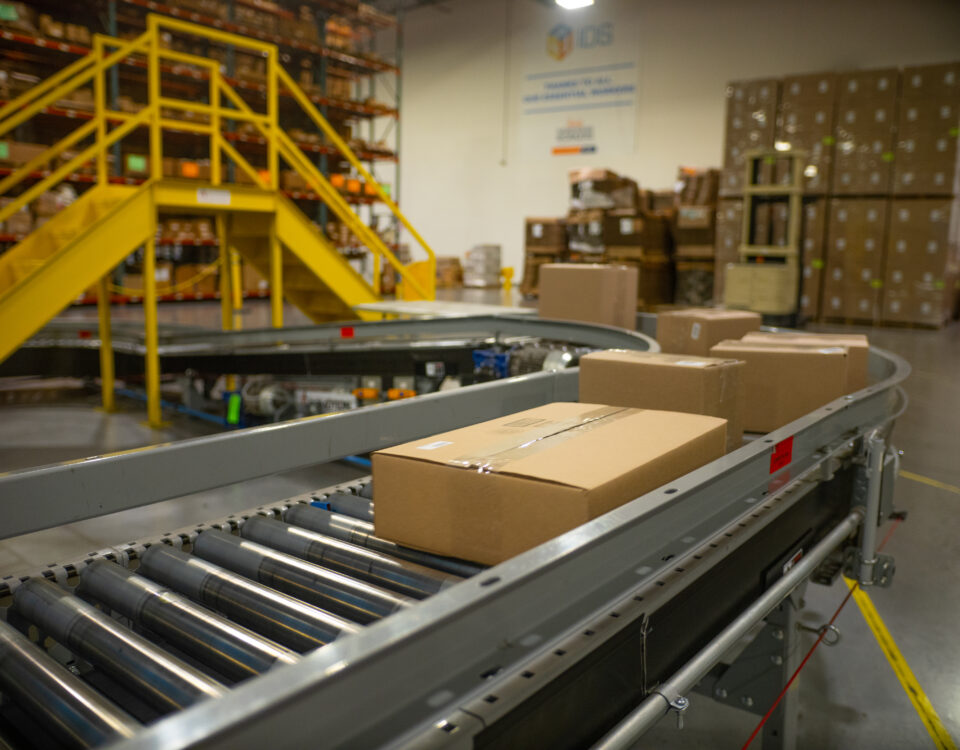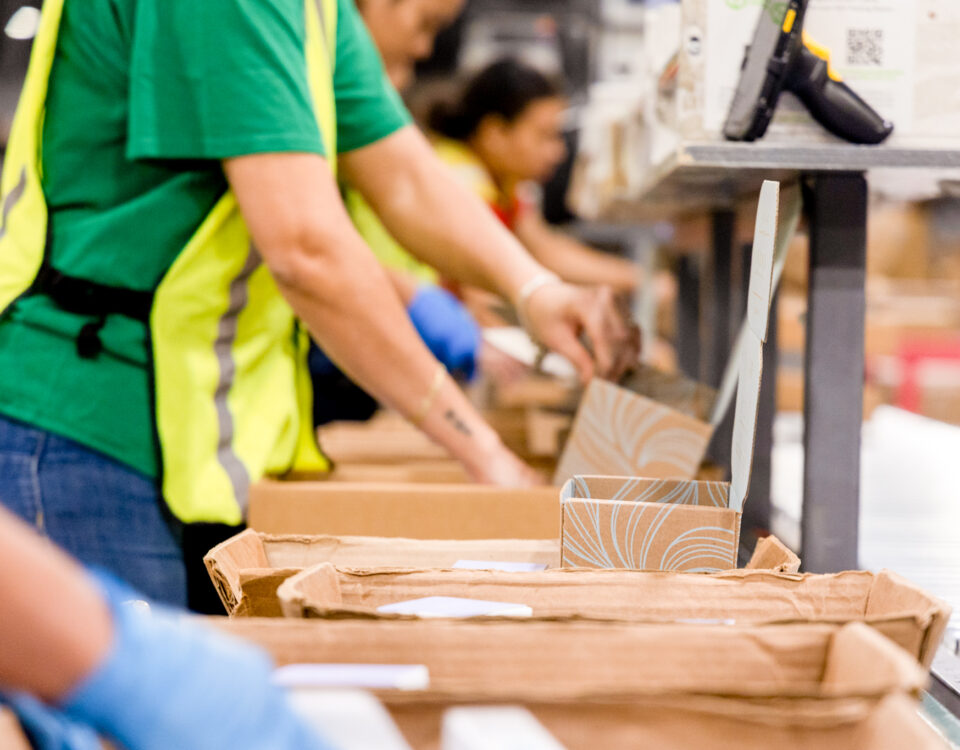Every brand that scales eventually faces the same challenge.
Systems, data, and people begin to move faster, and the space between them starts to show. Orders increase, channels expand, and decisions rely on information that isn’t always current.
A strategic fulfillment system brings everything back into alignment. It combines scalability, flexibility, and accountability into one network that operates with accuracy, visibility, and consistency.
Pay attention to these areas when evaluating your 3PL provider and fulfillment operation. When systems and teams stay connected, fulfillment runs smoother, and growth becomes sustainable.
Scalable fulfillment systems build reliability.
The foundation of a connected and strategic fulfillment system is scalability. Operations that hold up under pressure are built on process discipline, data integrity, and trained labor that perform consistently, no matter how fast volumes grow.
Scalable fulfillment systems aren’t defined by warehouse size or automation. They run on accuracy and predictability in every count, every shipment, and every shift. When performance stays consistent from 500 orders to 50,000, leadership can forecast with confidence, protect margin, and maintain customer trust.
Flexible systems keep fulfillment moving.
Flexibility keeps fulfillment stable when forecasts miss or demand shifts overnight. Multi-node networks, adaptable labor, and configurable processes make it possible to adjust quickly without compromising accuracy or delivery times.
Building a flexible fulfillment system means being ready to reallocate inventory, rebalance workflows, or add capacity as conditions change. The right partner builds this into their network from the start—connecting technology, processes, and people so your operation can move with the business, not against it.
Accountable fulfillment systems protect performance.
Accountability is what turns fulfillment from a transaction into a partnership. A strategic fulfillment system measures performance with clear KPIs, real-time visibility, and proactive communication.
The best accountable fulfillment systems share data openly and use it to guide action. Accuracy rates, on-time shipping, and dock-to-stock times are proof of consistency. When both teams operate from the same numbers, trust grows and performance improves.
A strategic fulfillment system ties scalability, flexibility, and accountability into one coordinated network. Technology unifies data, consistent processes ensure reliability, and open communication keeps everything aligned.
When systems and teams are connected:
- Accuracy improves because information flows in real time.
- Costs stay controlled because capacity adjusts to demand.
- Visibility keeps leadership confident in every decision.
Connection is what allows fulfillment to become strategic. It gives brands the stability to operate efficiently today and the clarity to plan for tomorrow. If your current fulfillment model feels disconnected, it may be time to build a stronger foundation.
When evaluating alternative fulfillment partners, use our 3PL RFP Template. It outlines the questions that reveal whether a partner has the infrastructure, visibility, and operational strength to build a strategic fulfillment system for your brand.










